
This 2018 has been one of the most productive years in La Voz de Guanacaste history and one where we are truly seeing the fruits of our labor. Here is a brief report:
1. Death dresses in gold
We dive into the depths of the Abangares mountains, where dozens of miners risk their lives every day with the dream of extracting gold to change their lives. We published the chronicle “Death dresses in gold”, which tells the story of these men consumed by poverty and lack of opportunities.
2. Homicides in La Cruz
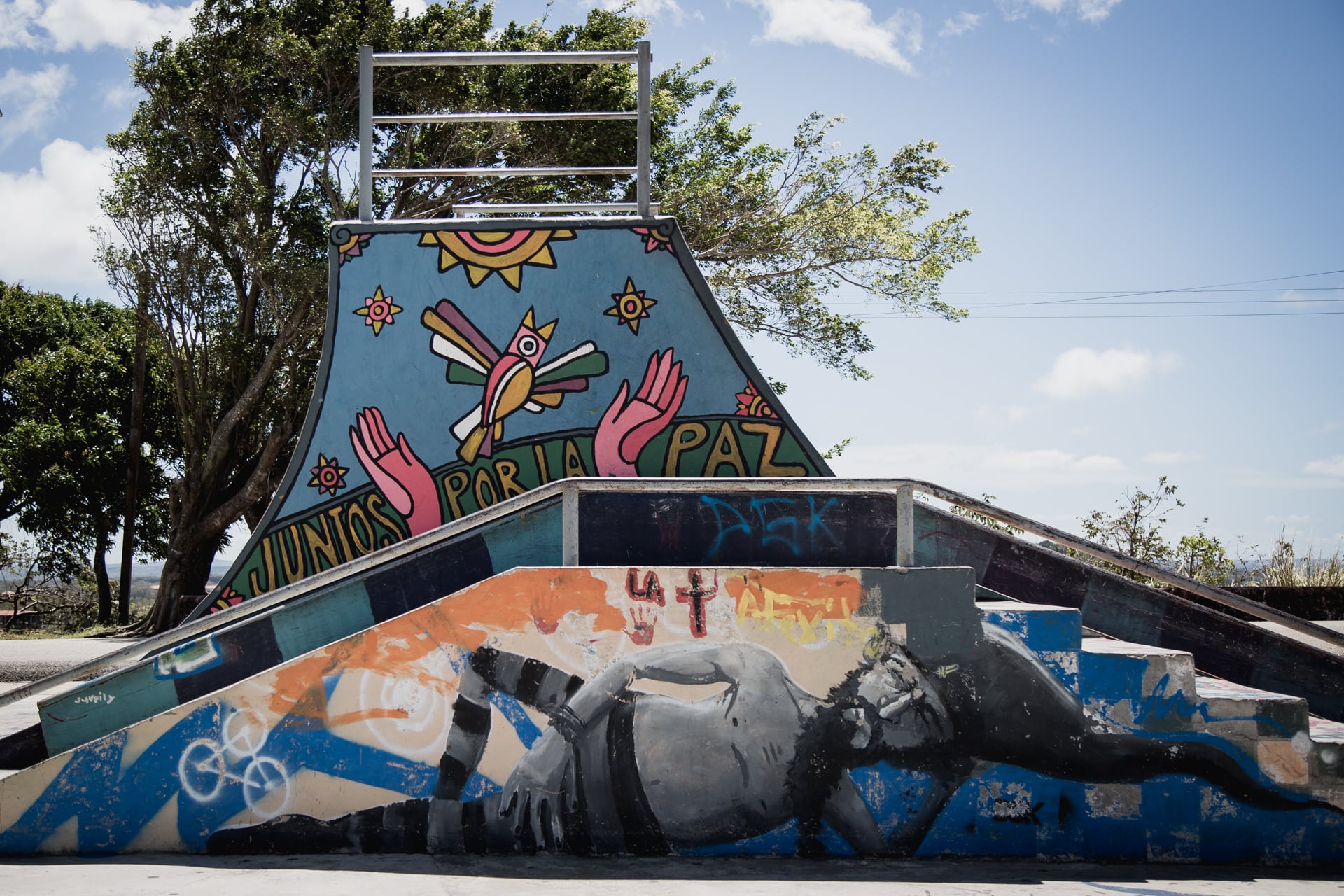
We published the investigation “Homicide rate in La Cruz is the highest in all of Guanacaste” in which we found that the level of homicides in the canton of La Cruz maintains a tendency to grow in the last decade. La Cruz is the canton with the highest levels of homicide in the entire province.
3. Chronic Kidney Disease (CKD)
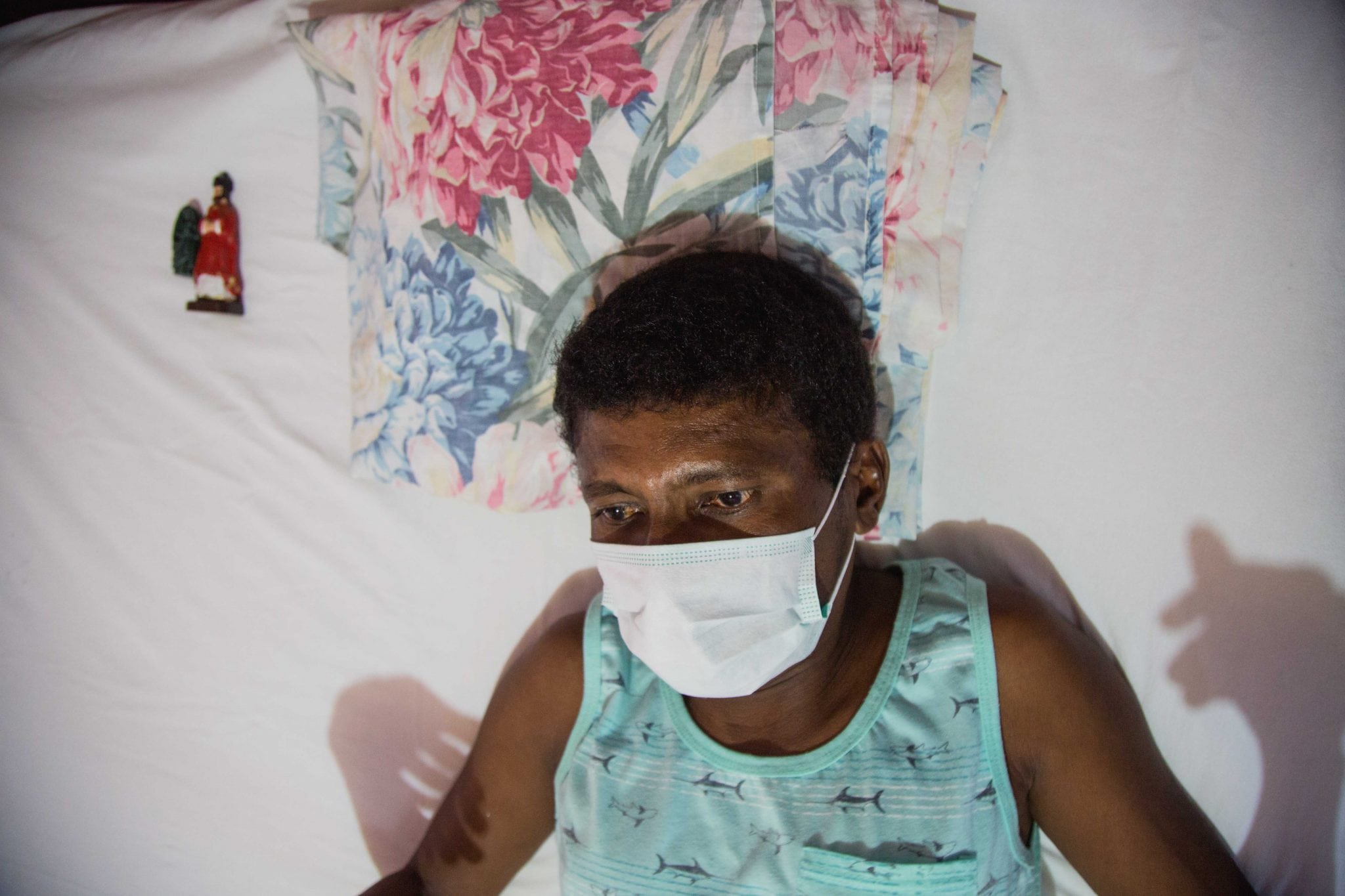
After a year of work in conjunction with the national newspaper Semanario Universidad, we showed the human faces of those who suffer from Chronic Kidney Disease (CKD) in Guanacaste. In the article “Epidemic in Guanacaste Kills Farmers Who Toil Under the Sun”, we explain how this disease has already killed almost 2,000 people, most of them very poor farmers.
4. Against gender violence
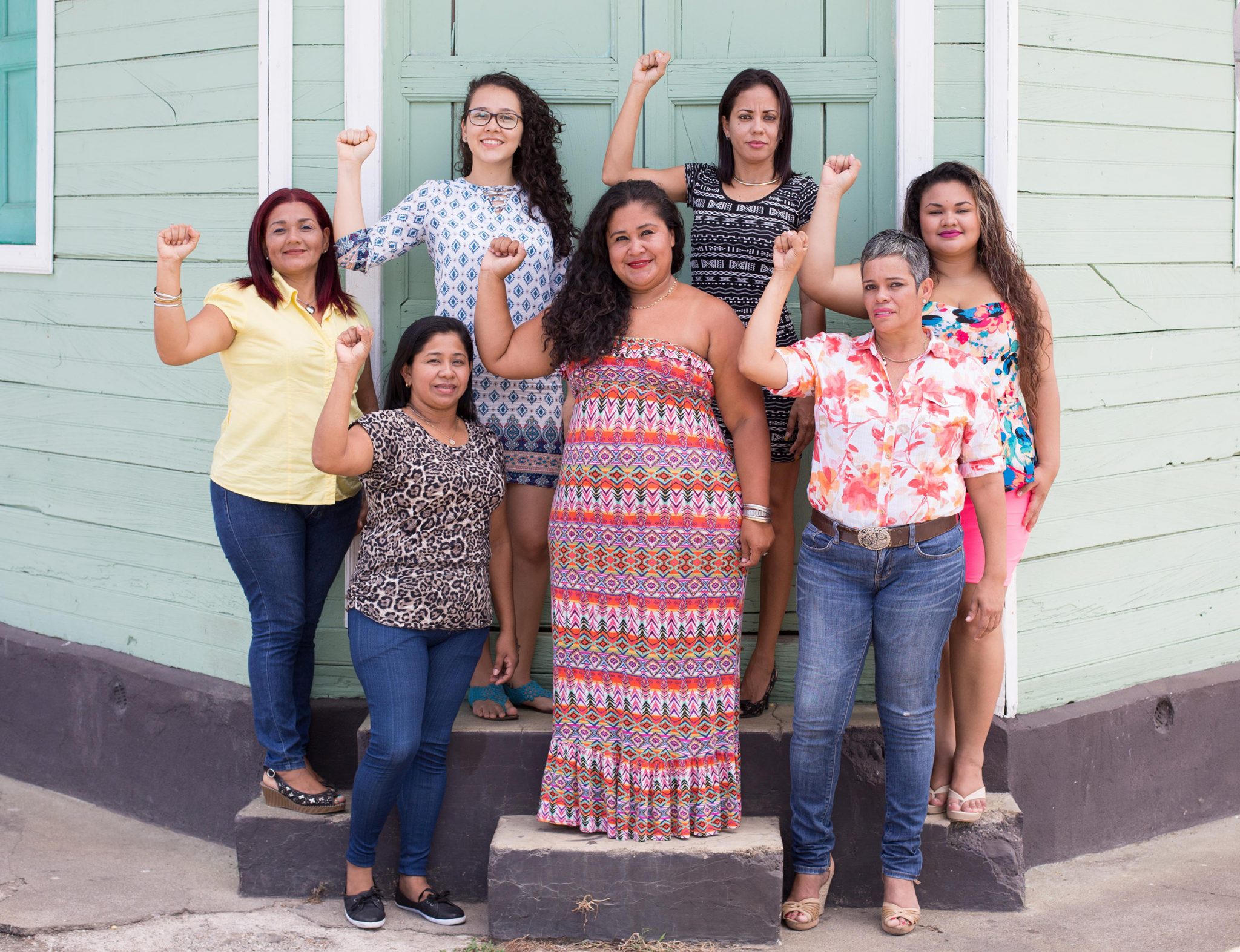
The Voice of Guanacaste is very clear about its pillars of action, and human rights is one of them. Therefore, this 2018, we dedicated to give voice to female victims of domestic and obstetric violence, a phenomena already cataloged as an emergency by the authorities.
We published interviews with four women survivors of violence to raise awareness of the effects it leaves on the bodies and minds of the victims, and in each of our printed copies we included a poster that explained how to recognize if a woman lives domestic violence, and what is the path to follow to break the circle.
Throughout this year, we gave strong coverage to the femicides that occurred in the province from a critical and analytical point of view. We talked about who were the women who died in the province for the mere fact of being a woman, and what are the myths that help maintain the culture of patriarchy.
We partnered with the University of Pennsylvania to develop a campaign to promote domestic violence, and the INAMU (National Institution for Women) recognized us as winners of the National Award for Equality and Gender Equality for the works published between 2016 and 2017.
5. Sexual and reproductive rights
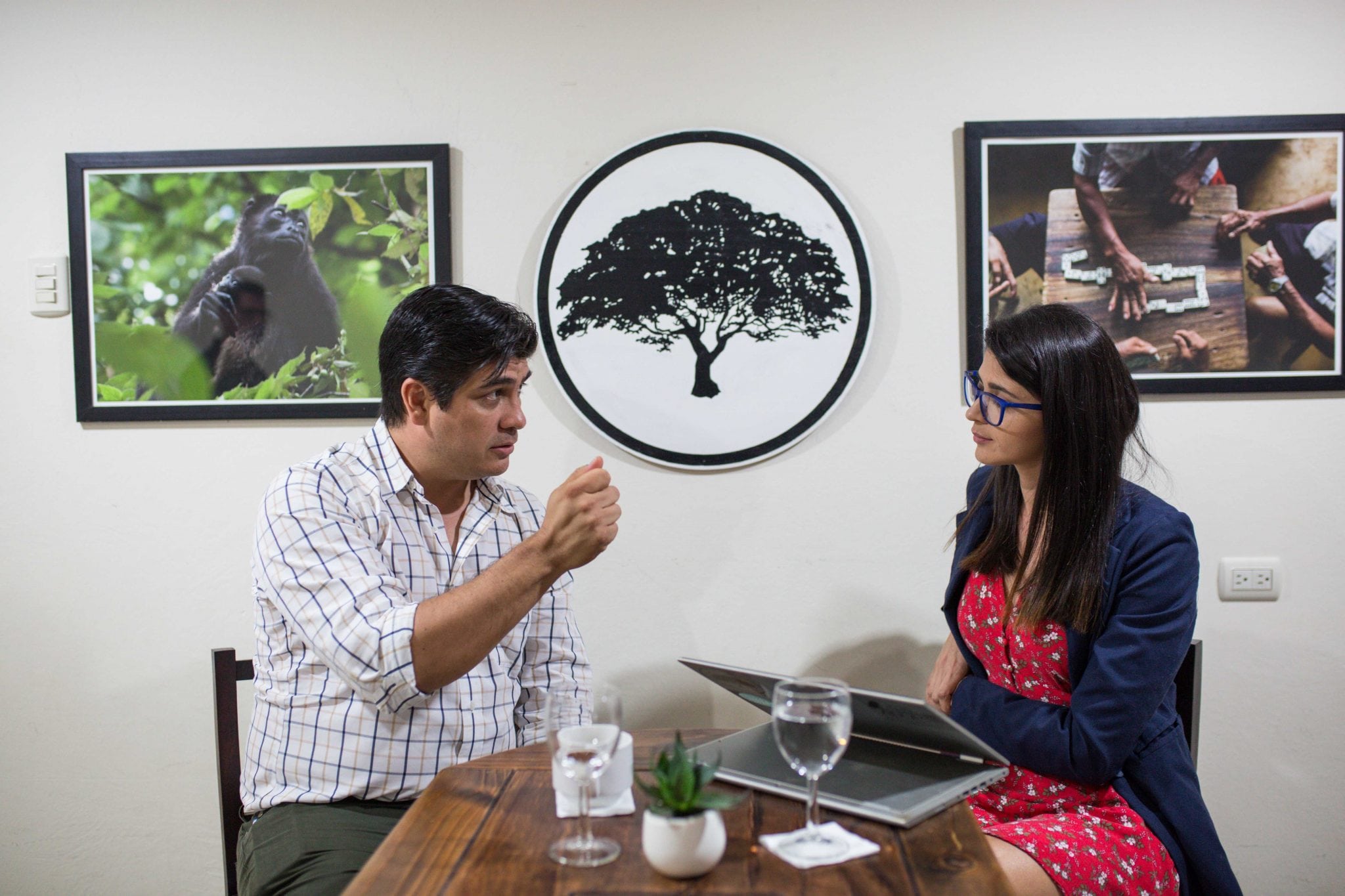
From a highly conservative province, we dared to put the issue of therapeutic abortion in the national political arena, interviewing the president of the Republic, Carlos Alvarado, the director of the local hospital, the regional director of health, and various deputies .
6. Education for everyone
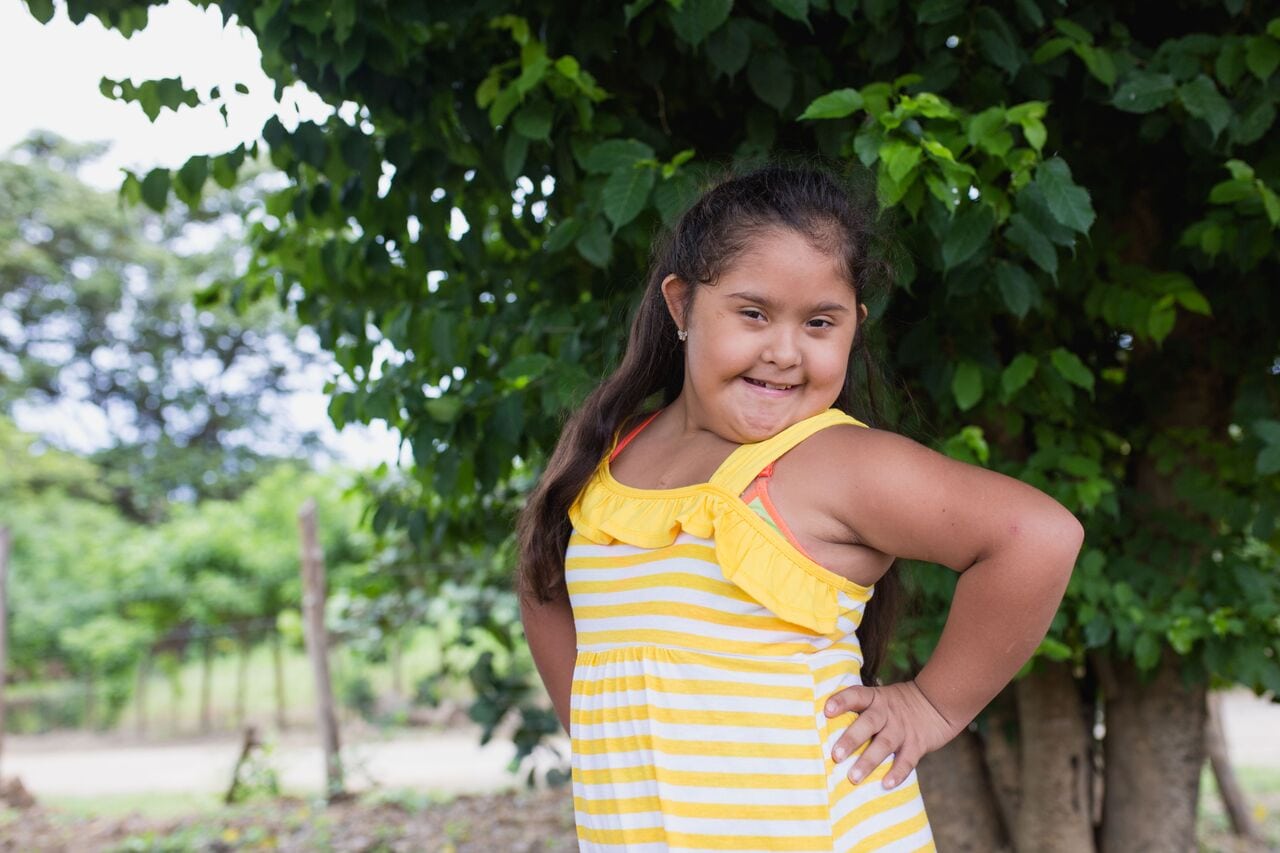
Our commitment to the coverage of human rights does not lie solely with women. We also count the enormous challenges that children with disabilities have in rural areas to receive the attention and education they deserve, and that by law they should receive.
7. For the environment
We know that care for the environment and education go hand in hand, that’s why we joined the environmental education organization Guardianes de la Naturaleza and won the grant “First Public Debt Exchange between Costa Rica and the United States”, to provide environmental educational material to the rural schools of Nicoya and Hojancha.
We joined forces with Punto Y Aparte to investigate and publish the story about how the quarry of Pedregal, right at the entrance of Nicoya city, has been mining limestone for 27 years with a single environmental impact study from 1992. The National Environmental Technical Secretariat has never requested an update.
8. Solution Journalism
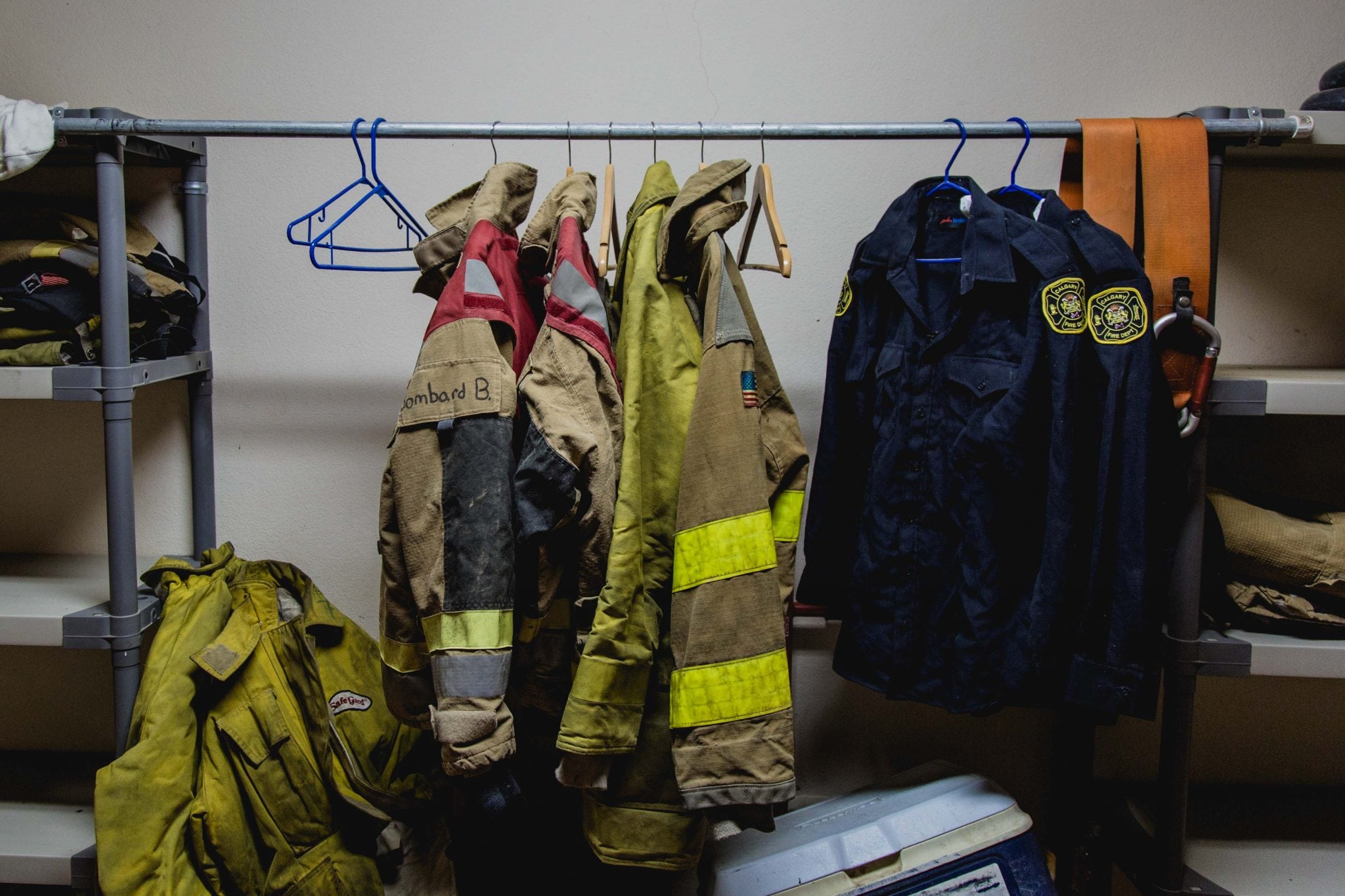
And because we have met people and organizations that decide to take the bull by the horns and be part of the solution, we became the first Latin American media organization to make solutions journalism. Thanks to a grant from the Crusa Foundation, we have taken this type of journalism to all corners of the province. We already told you how three NGOs gave extracurricular classes to children during the teachers’ strike, about how the Nosara firefighters have attended 260 emergencies with only cell phones, and we highlighted the NGO that challenges the poverty of the province by offering free birth control.
Although our approach is usually prolonged and investigative, we have also made last-minute coverage. We have covered the floods, the migrants situation, the correct or incorrect administration of the water resources, and the work or delays in the cantonal and national routes. We have also investigated and denounced the wrongly doing of public officials, and we have highlighted the culture of the province with news about Guanacaste identity.
9. GuanaData 2.0
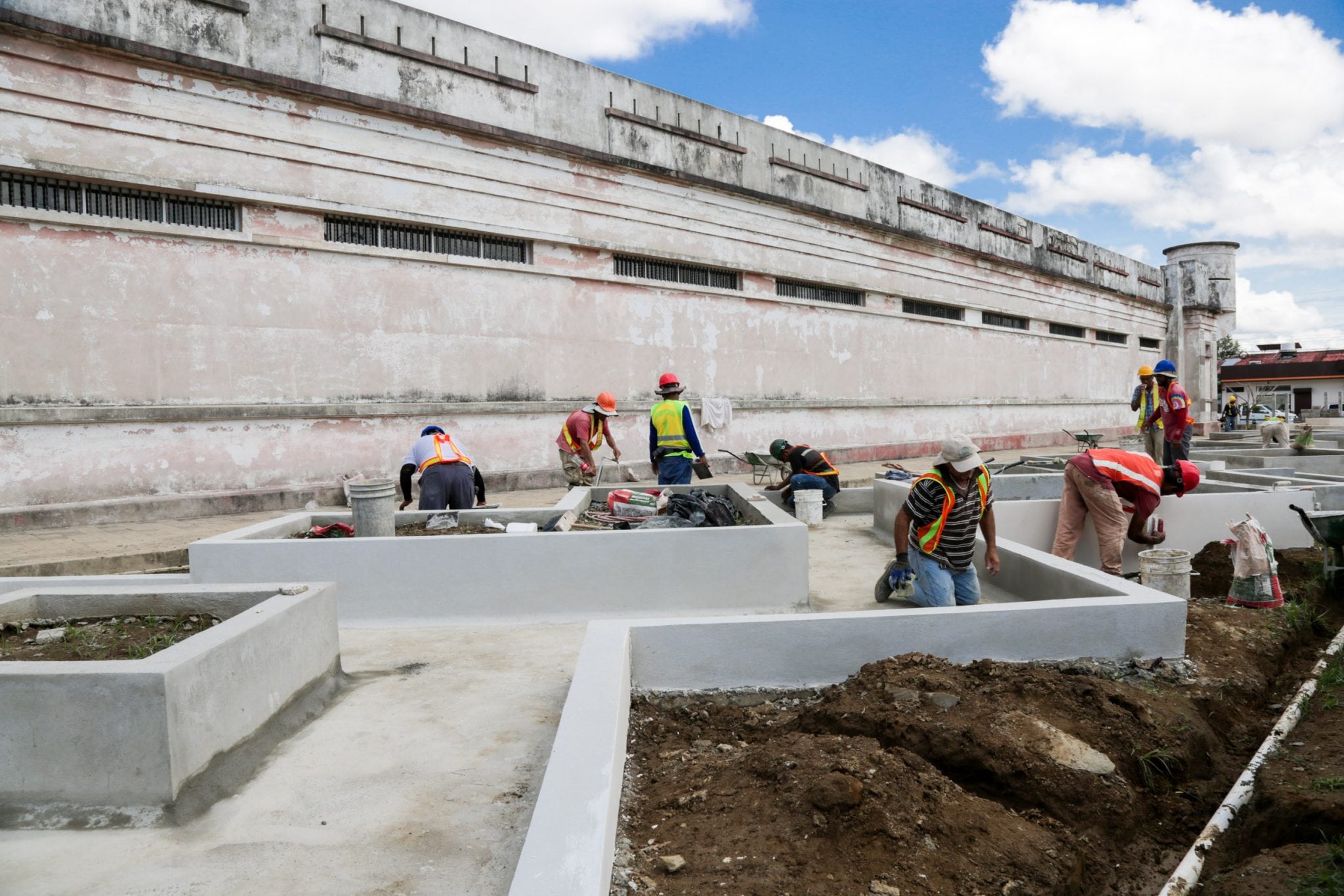
This year, we developed the second edition of GuanaData with the support of the Konrad Adenauer Foundation and found evidence using data -and not opinions- that the municipality of Liberia is very inefficient in executing budgets (only 34%), in part because it devotes little resources to its administrative operations.
La Voz de Guanacaste is the only example of local nonprofit investigative journalism in Costa Rica. Our struggle to be sustainable by donations, grants, and responsible advertising is also our standard.
All our achievements are your achievements.
We are tremendously thankful. On behalf of the La Voz de Guanacaste team, we give you our eternal gratitude for being part of our family, and we wish you happy holidays and a prosperous new year.


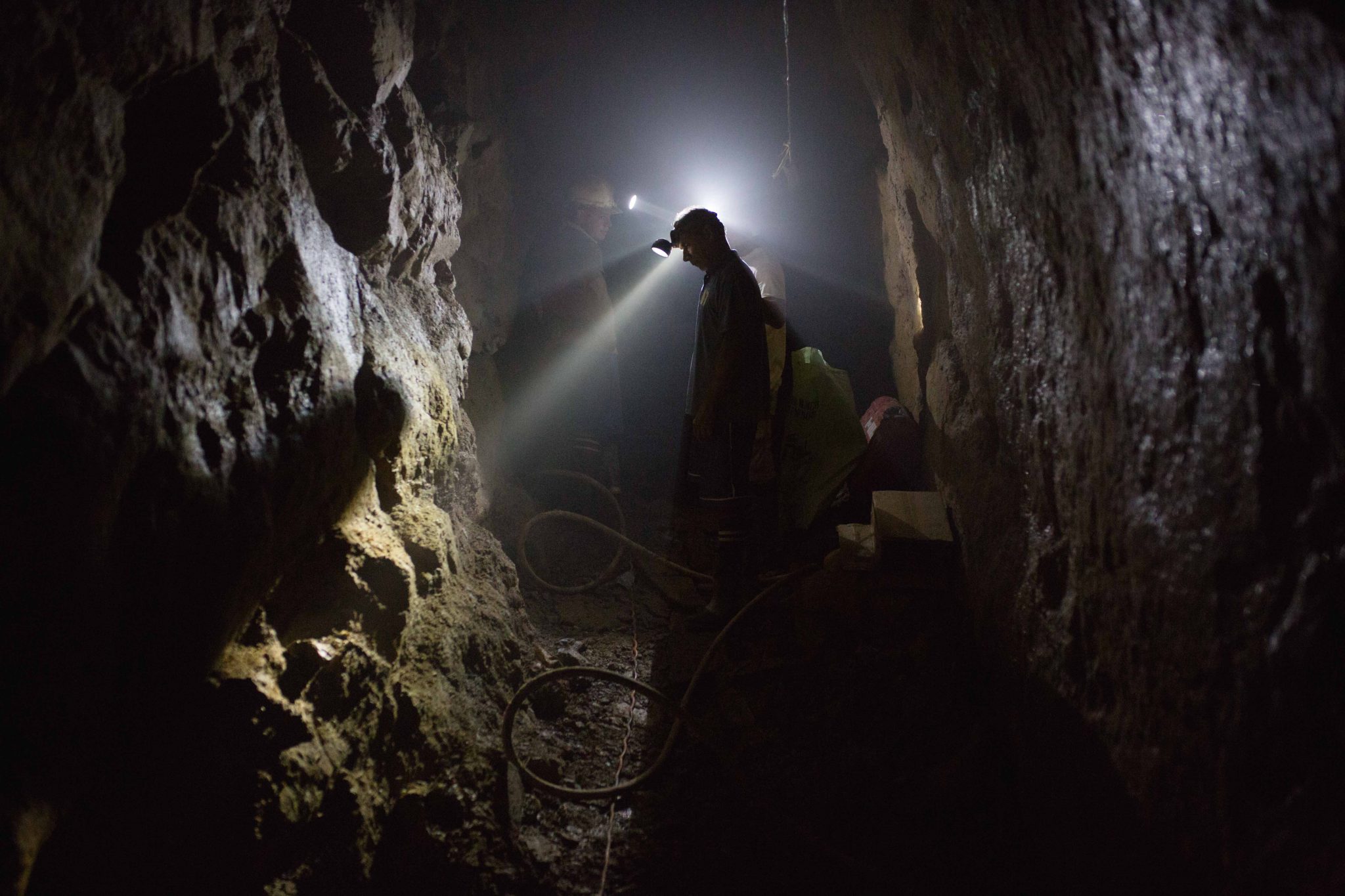
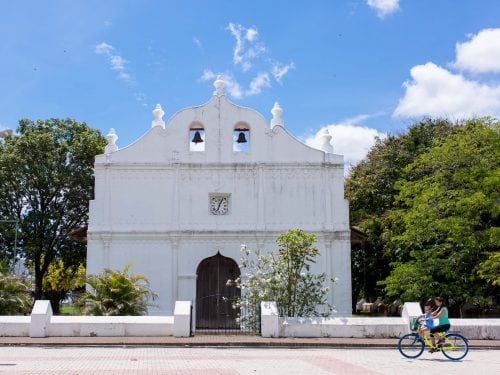
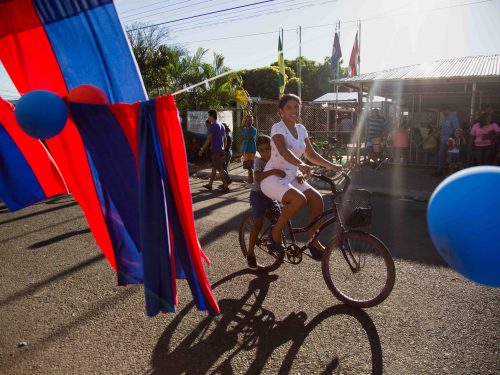
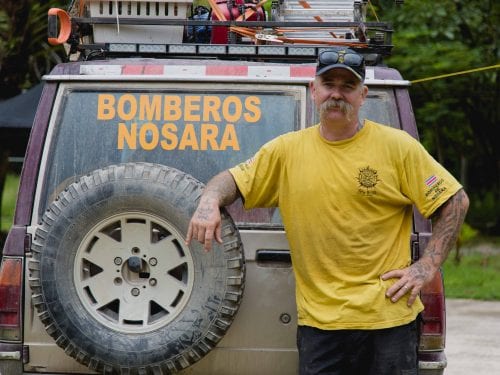

Comments